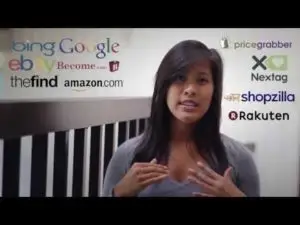Take a deep dive on search and social. Attend a workshop at SMX Advanced.
Choose from six in-depth workshops that will sharpen your internet marketing skills SMX Advanced pre-conference workshops are conducted by the world’s leading subject matter experts in SEO, SEM, social and


